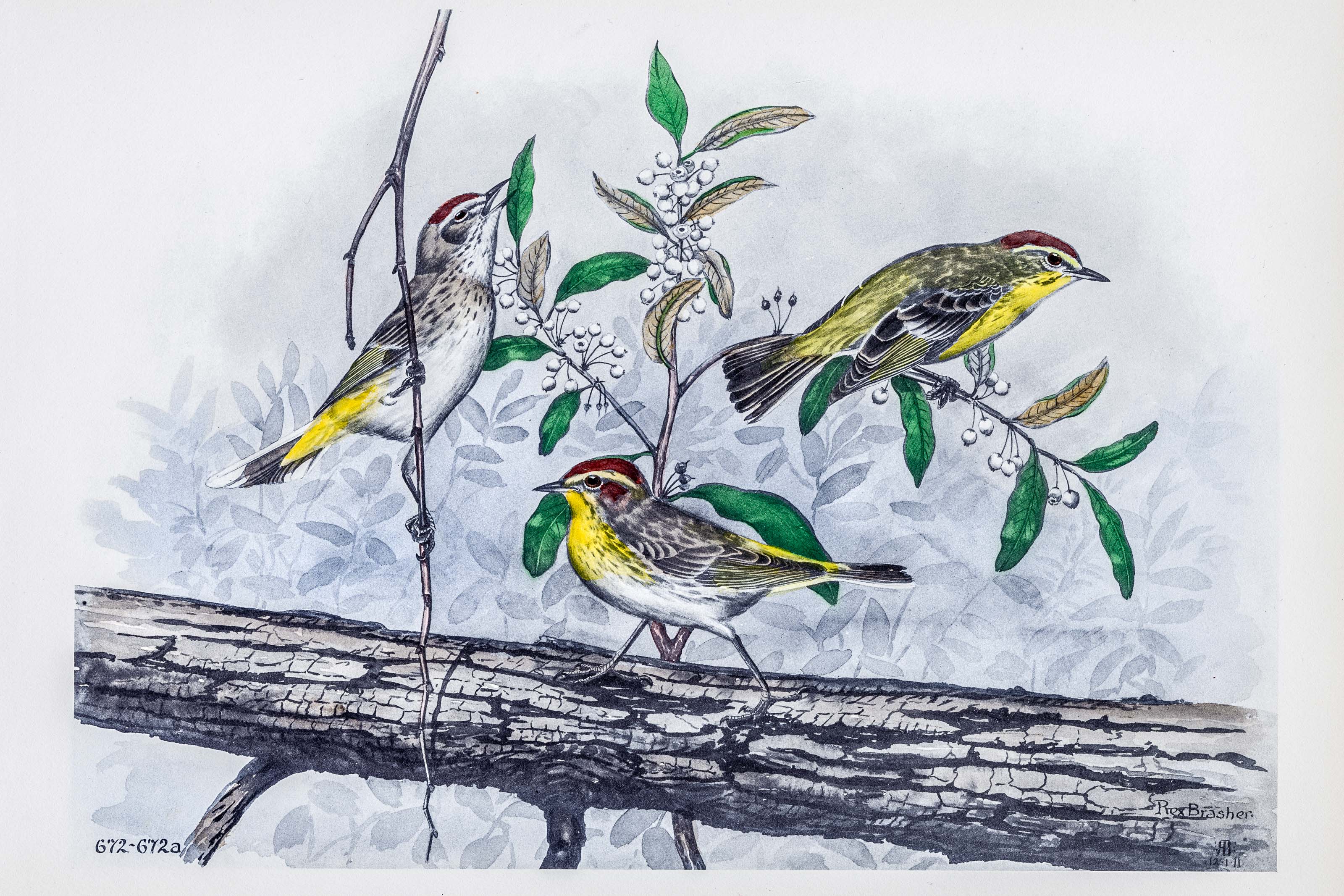
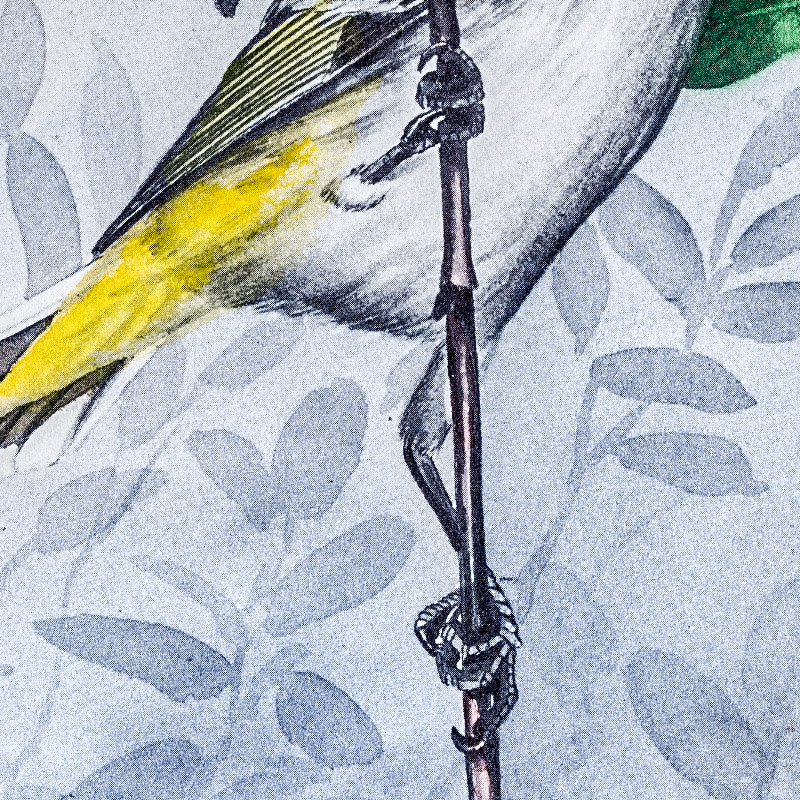
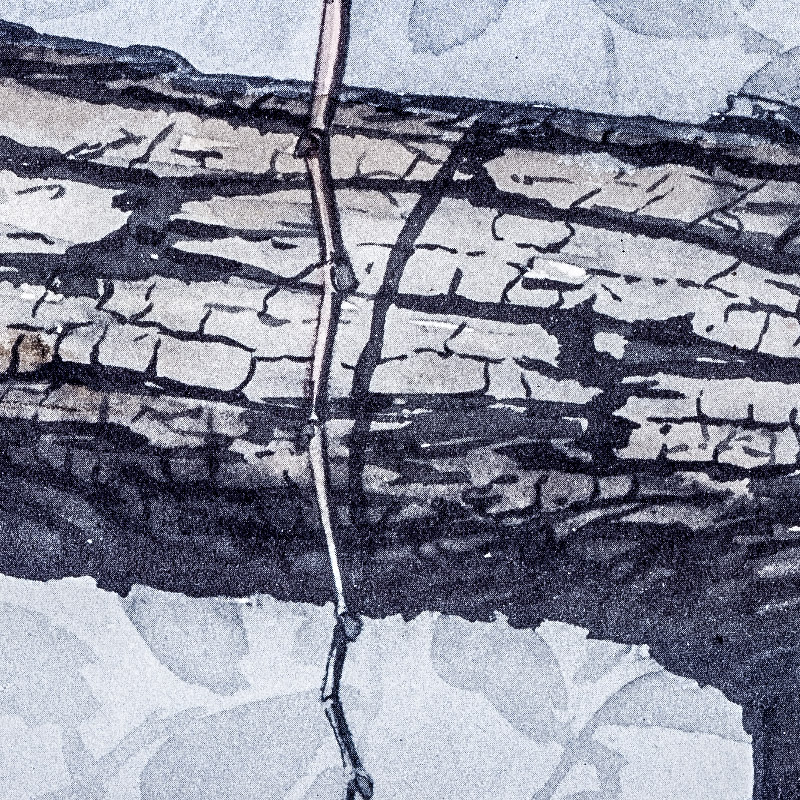
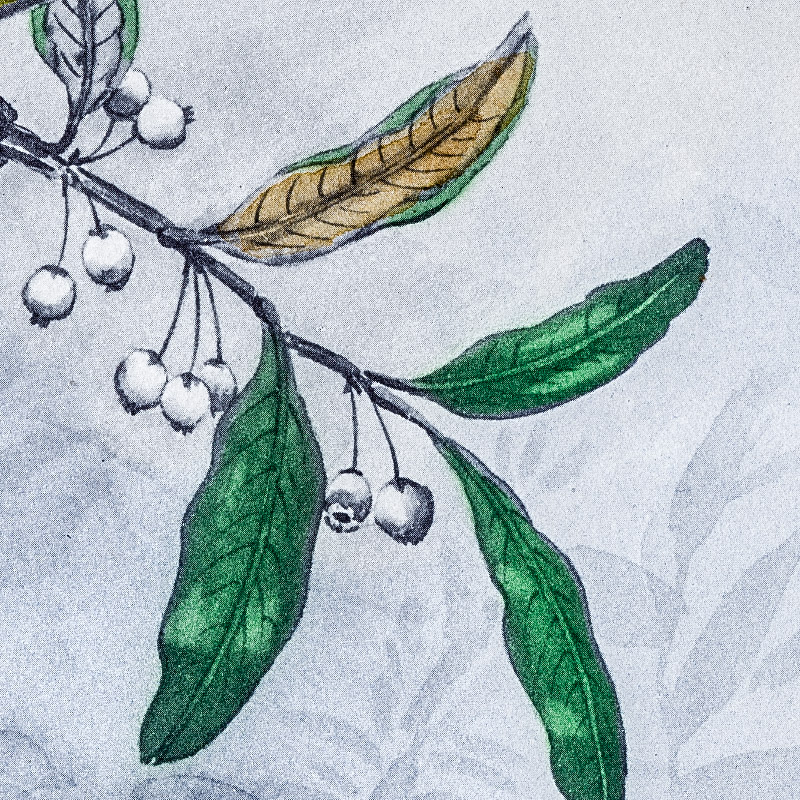
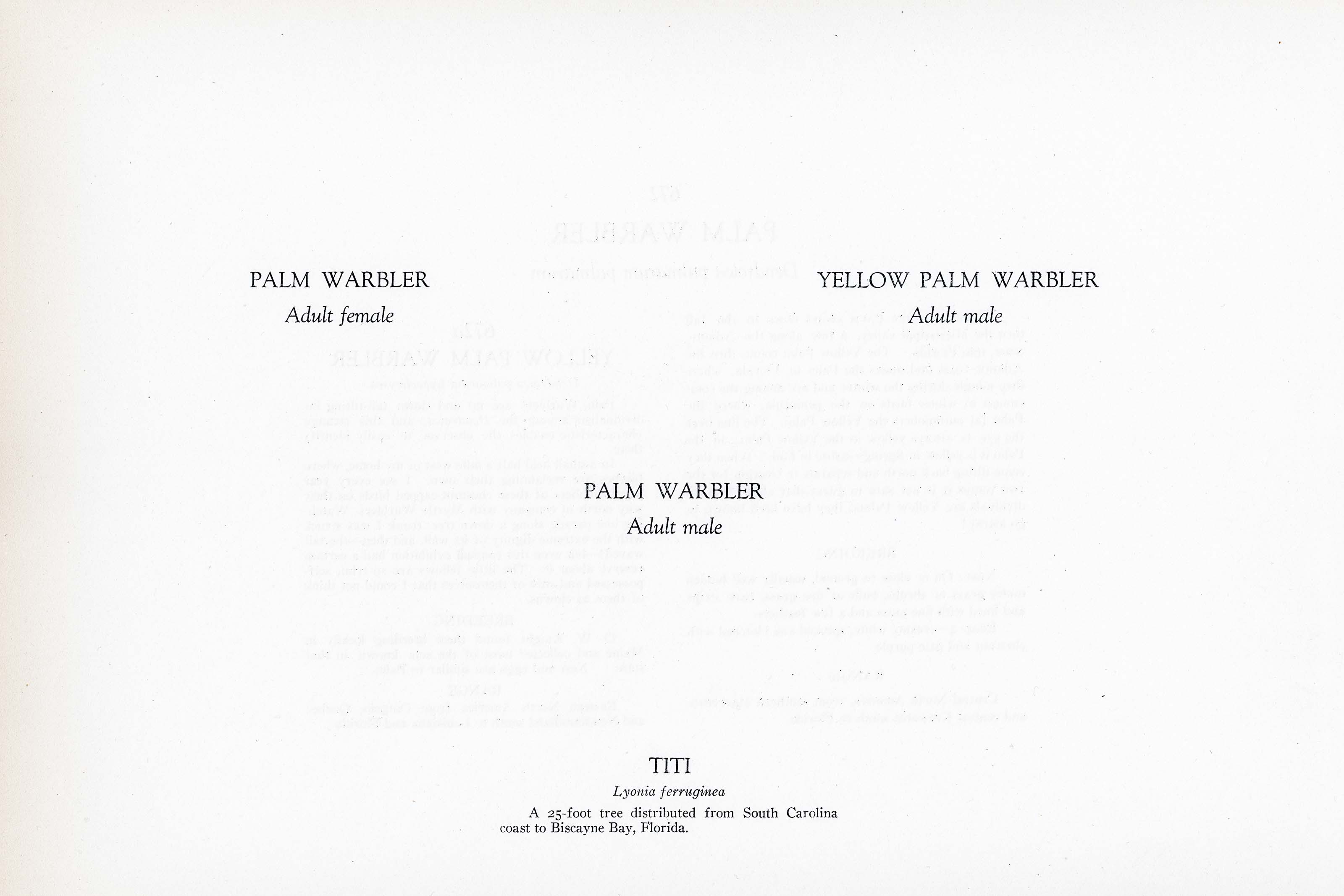


1911
1930
11
672-672a
A team of dedicated board members, volunteers, and student interns has published every page in Volume 9. This volume includes 360 images of paintings and lyrical descriptions of birds, now available online for everyone to enjoy anywhere in the world. This is a monumental task. Each volume requires approximately 400 hours to photograph, edit, transcribe, catalog, and publish online. We need your support to complete this work.
If you're tech-savvy, have a good eye, are meticulous with details, and love structured data, please consider volunteering by emailing us at hello@rexbrasher.org.
We encourage all bird lovers and supporters to consider a monetary donation to support our mission to make Rex's work available for everyone. You can provide a one-time or recurring donation online.
Nichols says the PALM comes down in the fall thru the Mississippi valley, a few along the Atlantic coast, into Florida. The Yellow Palm comes thru the Atlantic coast and meets the Palm in Florida, where they mingle during the winter and are among the commonest of winter birds on the peninsula, where the Palm far outnumbers the Yellow Palm. The line over the eye is always yellow in the Yellow Palm: in the Palm it is yellow in Spring — white in Fall. When they come tilting back north and separate in Georgia for the two routes it is not safe to guess that all eastern individuals are Yellow Palms; they have been known to go astray!
NEST: On or close to ground, usually well hidden under grass or shrubs, built of fine grass, bark strips and lined with fine moss and a few feathers.
EGGS: 4 — creamy white, specked and blotched with chestnut and pale purple.
Central North America, from southern Mackenzie and central Keewatin south to Florida.
Palm Warblers are up and down tail-tilting individualists among the Dendroica, and this strange characteristic enables the observer to easily identify them.
In a small field half a mile west of my home, where birches are reclaiming their own. I see every year small numbers of these chestnut-capped birds on their way north in company with Myrtle Warblers. Watching one parade along a down tree trunk I was struck with the extreme dignity of its walk and then — the tail waved! — but even this comical exhibition had a certain reserve about it. The little fellows are so trim, self-possessed and sure of themselves that I could not think of them as clowns.
O. W. Knight found them breeding locally in Maine and collected most of the sets known in that state. Nest and eggs are similar to Palm.
Eastern North America from Ontario, Quebec and Newfoundland south to Louisiana and Florida.
A 25-foot tree distributed from South Carolina coast to Biscayne Bay, Florida.